 NKJV Know the Word Study Bible
NKJV Know the Word Study Bible 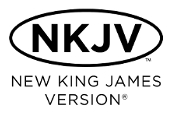
 www.ThomasNelson.com NKJV Know the Word Study Bible Copyright 2016 by Thomas Nelson. Holy Bible, New King James Version, copyright 1982 by Thomas Nelson. All rights reserved. Concordance copyright 1995 by Thomas Nelson. ePub Edition September 2016: 978-0-718-07948-2
www.ThomasNelson.com NKJV Know the Word Study Bible Copyright 2016 by Thomas Nelson. Holy Bible, New King James Version, copyright 1982 by Thomas Nelson. All rights reserved. Concordance copyright 1995 by Thomas Nelson. ePub Edition September 2016: 978-0-718-07948-2
Library of Congress Control Number: 2016937777
The text of the New King James Version (NKJV) may be quoted or reprinted without prior written permission with the following qualifications: (1) up to and including 1,000 verses may be quoted in printed form as long as the verses quoted amount to less than 50% of a complete book of the Bible and make up less than 50% of the total work in which they are quoted; (2) all NKJV quotations must conform accurately to the NKJV text. Any use of the NKJV text must include a proper acknowledgement as follows: Scripture taken from the New King James Version.
Copyright 1982 by Thomas Nelson. Used by permission. All rights reserved. However, when quotations from the NKJV text are used in church bulletins, orders of service, Sunday school lessons, church newsletters, and similar works in the course of religious instruction or services at a place of worship or other religious assembly, the following notice may be used at the end of each quotation: NKJV. For quotation requests not covered by the above guidelines, write to Thomas Nelson, Attention: Bible Rights and Permissions, P.O. Box 141000, Nashville, TN 372141000.
Table of Contents
What is the difference between an eBook and a print book? eBook versions of Bibles contain all the content and supplementary materials found in the original print versions and are optimized for navigation in the various apps and devices used for display. eReaders recognize text as one fluid string and are formatted in a single column, which differs from the multi-column layout seen in many print version Bibles. Therefore, some content may not match the exact appearance of the original print version, but instead uses hyperlinks to navigate between related content. How do I use the eBook Table of Contents? *Important Note: Be sure to consult your device manufacturers Users Guide for device-specific navigation instructions.* The is generally formatted in the same order as the original print version and hyperlinked as follows: To navigate to specific Bible books, chapters, or verses, please note the following: Book links (Ex. Genesis) go directly to the Introduction of each book, or the beginning of that Bible book if there is no introductory text. Chapter links go directly to the beginning of the chapter associated with a book.
Use the devices Next Page/Previous Page buttons or functions to scroll through the verses in each chapter. Every Bible book and chapter hyperlink in the Bible text returns or goes back to the . Or, use the devices back button or function to go back to the last selection. How do I navigate supplementary materials? Within articles and supplementary materials, every Scripture reference or article title is hyperlinked directly to the location of that content. Use the devices back button or function to go back to the last selection. The following provides more specific instructions for specific types of content found in this ebook.
Footnotes (Translators Notes) are marked with small, hyperlinked superscript letters a. Select the hyperlinked superscript letter in the main Bible text to go to the corresponding footnote. Select the hyperlinked letter to the left of the footnote(s) and you are returned to the main Bible text, or use the devices back button or function to go back to the last selection. Study Notes (commentary) are hyperlinked to Bible verse numbers where study notes are available in the main Bible text. Some notes cover a range of verses while others are verse specific. All verses do not have notes associated with them.
Select a hyperlinked Bible verse number to the corresponding study note (commentary). Select a hyperlinked verse number to the left of the study note (commentary) and you are returned to the main Bible text or use the devices back button or function to go back to the last selection. related to Bible content are accessible through the pointer links that are interspersed throughout the Bible text. Select the hyperlinked title at the end of a paragraph where referenced Bible verse(s) appear to go to its location in the Annotations section at the end of each Bible book. Select the hyperlinked title entry to go back to the Bible verse location, or use the devices back button or function to go back to the last selection. The includes an alphabetic list of important words.
Select the hyperlinked letter of the alphabet to navigate to the corresponding list of entries. Selecting the letter heading from within the list of entries will return to the beginning of the . Use the devices Next Page/Previous Page buttons or functions to scroll through the entries. Use the devices back button or function to go back to the last selection. The short Topic-by-Topic articles found throughout this Bible provide a birds-eye view of the entire sweep of Scripture. By revealing major teachings and big takeaways, they give students of the Bible a useful theological and practical framework for understanding the many pieces that make up the one Word of God.
The following list shows locations for each of these articles, organized according to the major topic thats being addressed. Trinity ) ) ) ) ) God the Father ) ) ) ) ) God the Son ) ) ) ) ) ) ) God the Holy Spirit ) ) ) ) ) ) Love ) ) ) ) ) Covenant ) ) ) ) ) Bible ) ) ) ) ) Salvation ) ) ) ) ) Christ Follower ) ) ) ) ) Church ) ) ) ) ) Sanctification ) ) ) ) ) ) Obedience ) ) ) ) ) Purpose ) ) ) ) ) People ) ) ) ) ) Gods Will ) ) ) ) ) ) Relationships ) ) ) ) ) Evil ) ) ) ) ) Sin and Temptation ) ) ) ) ) Suffering ) ) ) ) ) Faith and Works ) ) ) ) ) Last Things ) ) ) ) ) The book youre holding in your hands right now is no ordinary book. Christians see this book as the unique Word of God, His message to humankind. That is why we appropriately refer to it with names that point to its unique nature and purpose, names like the Holy Bible or Holy Scripture. God the Creator speaks. And in this written communication, He tells usHis creaturesabout Himself and His desires for each and every one of us.
The idea that the God of the universe desires something for us might be hard to believe. But His Word makes it clear that He desires good for His creatures, for humankind, for you. He is working to restore and perfect this sin-broken world, and He is doing this by revealing Himself to individuals. Amazingly, Gods grand plan for the cosmos involves the human heartyour heart. God is revealing Himself to humanity and transforming them through grace and faith. And eventually He will remake creation as a place where people can live forever with their God in perfect communion.
The Bible unfolds this magnificent drama of redemption. Its pages contain a record of Gods work. They share the history of His covenant relationship with humanity. They detail His requirements for our lives, and explain the doctrines and teachings that transform minds and hearts. Most important, they tell us about Jesus, whos at the very center of Gods saving work. For it is the God who commanded light to shine out of darkness, who has shone in our hearts to give the light of the knowledge of the glory of God in the face of Jesus Christ ().
Next page
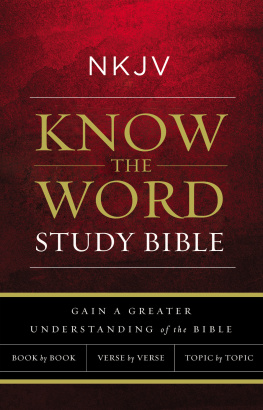

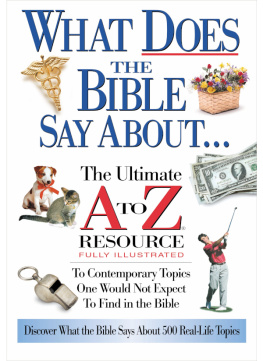
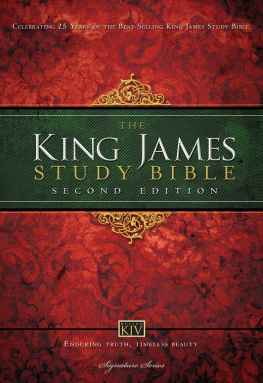
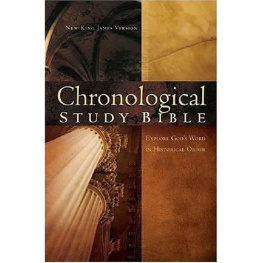
![Thomas Nelson - The NKJV Study Bible [Full-Color Edition]](/uploads/posts/book/79115/thumbs/thomas-nelson-the-nkjv-study-bible-full-color.jpg)
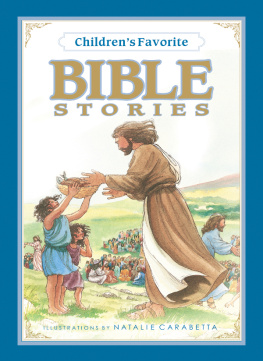
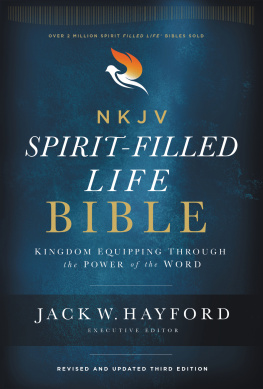
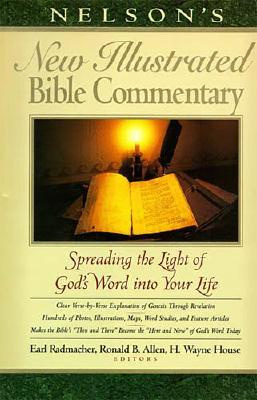
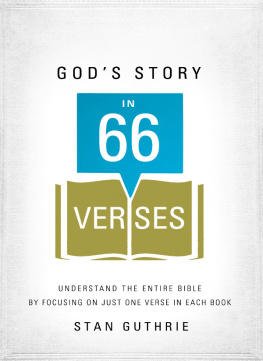
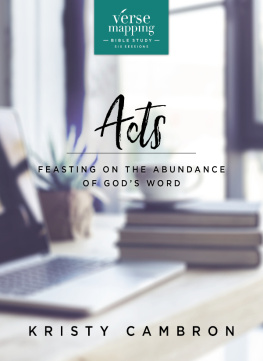
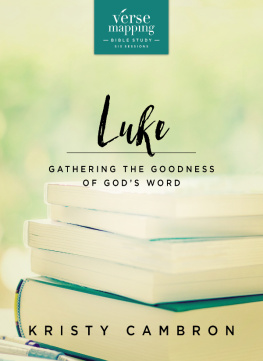
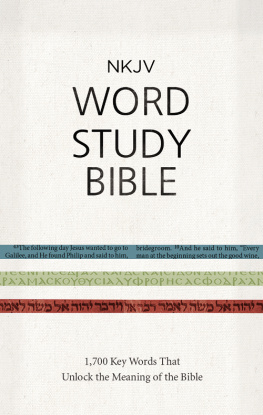

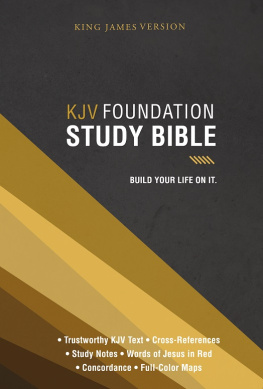
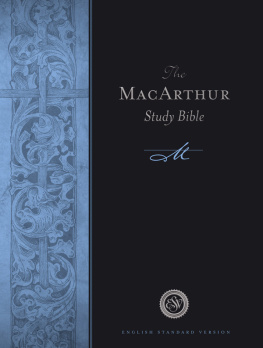
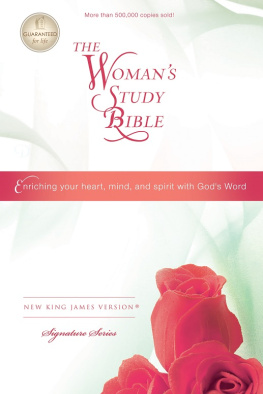

 NKJV Know the Word Study Bible
NKJV Know the Word Study Bible 
 www.ThomasNelson.com NKJV Know the Word Study Bible Copyright 2016 by Thomas Nelson. Holy Bible, New King James Version, copyright 1982 by Thomas Nelson. All rights reserved. Concordance copyright 1995 by Thomas Nelson. ePub Edition September 2016: 978-0-718-07948-2
www.ThomasNelson.com NKJV Know the Word Study Bible Copyright 2016 by Thomas Nelson. Holy Bible, New King James Version, copyright 1982 by Thomas Nelson. All rights reserved. Concordance copyright 1995 by Thomas Nelson. ePub Edition September 2016: 978-0-718-07948-2